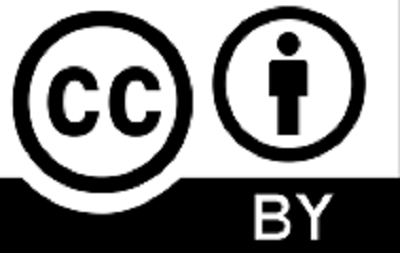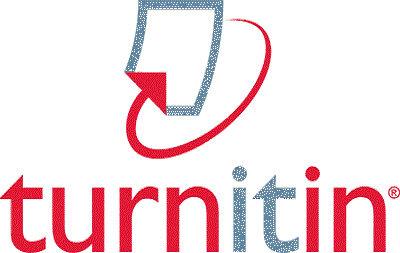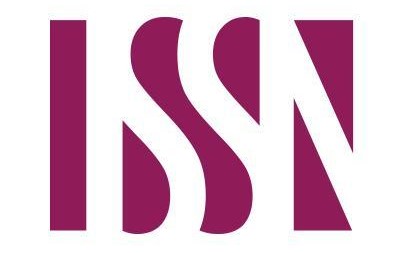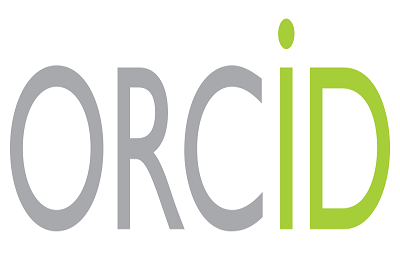The effect of rehabilitation exercises with various compliance tools in the development of the public force and the total balance of people with temporary paralysis in men with ages (55-60) years
Main Article Content
Abstract
The aim of the research was to prepare rehabilitation exercises with various flexible tools for men with temporary hemiplegia aged (55-60) years. The experimental method was adopted by designing two equivalent experimental and control groups on a sample of (9) patients who were deliberately selected using a comprehensive enumeration method at a rate of (100%) from their community, which is men aged (55-60) years with temporary hemiplegia who visit the physiotherapy department at Al-Kindi Teaching Hospital in Baghdad. The most important conclusions were that rehabilitation exercises with various flexible tools are appropriate for treatment sessions for men with temporary hemiplegia aged (55-60) years. Accordingly, it was recommended that it is necessary to take into account the specificity of men with temporary hemiplegia aged (55-60) years and the level of injury when choosing the type of flexible tools for their rehabilitation exercises.
Article Details

This work is licensed under a Creative Commons Attribution-NonCommercial 4.0 International License.
References
Ahmed, M. S., Fathi, A. M., Nasser, M. J. A., & Shabib, S. S. (2025). The reality of sports injuries among students of the Faculty of Physical Education and Sports Sciences in light of blended education. Journal of Studies and Researches of Sport Education, 35(2), 59–74. https://doi.org/DOI:https://doi.org/10.55998/jsrse.v35i2.1052
Al-Ansari, M. S. (2009). Measuring balance among the elderly in the Kingdom of Bahrain using the Berg scale according to health status, body mass index, and some selected demographic variables. Egypt. Scientific Journal of Physical Education and Sports, 57, 409–442.
Al-Eidaroos, A. A. (2020). The effect of a rehabilitation program using balance exercises with some physical therapy methods on some patients with hemiplegia. Journal of Natural and Human Sciences, 75.
Al-Ghalib, N. A. R. (2024). Therapeutic methods (their importance, applications, and evaluation) (p. 17). Maaref Foundation.
Al-Ghanem, I. Q. (2023). Physical Therapy in Sports Rehabilitation (p. 109). Ifaqa Publishing and Distribution House.
Al-Hajilan, O. (2019). Treatment Guide for Family Physicians for Cerebral Palsy (p. 5). Kingdom of Saudi Arabia. Saudi Society of Family Medicine and Guidance.
Al-Safadi, I. H. (2007). Cerebral palsy in children (p. 16). Al-Yazouri Scientific House.
Al-Sakari, K. I., & Bariq, M. J. (2005). Plyometric Training (Part (1), p. 25). Maaref Publishing House.
Al-Shafi’i, A. (2010). The Guide to Cerebral Palsy (p. 19). Dar Al-Madinah Al-Arabiya Publishing House.
Banwan, B. H. (2019). Sports Injuries and Modern Rehabilitation Techniques (p. 51). Al-Mizan Press.
Jacobs, J. V. et al. (2019). Effects of resistance training on balance, mobility, and gait function in older adults with cognitive impairment: a systematic review and meta-analysis. Journal of Aging and Physical Activity, 27(2), 245–255.
Joan, B. (2023). Rehabilitation of Special Cases (p. 55). Nasr City Publishing and Distribution House.
Khaddam, M. S. (2022). Modern Sports Rehabilitation (p. 147). Ithraa Press.
Kim, M. J., & Lee, J. H. (2017). Effects of transcranial direct current stimulation and visual feedback on the dominant hand’s function in a patient with stroke. Journal of Physical Therapy Science, 29(5), 895–897.
Lok, N., Lok, S., & Canbaz, M. (2017). The effect of physical activity on depressive symptoms and quality of life among elderly nursing home residents: Randomized controlled trial. Archives of Gerontology and Geriatrics, 70, 92–98. https://doi.org/10.1016/j.archger.2017.01.008
Ludyga, S., Gerber, M., Brand, S., Holsboer‐Trachsler, E., & Pühse, U. (2016). Acute effects of moderate aerobic exercise on specific aspects of executive function in different age and fitness groups: A meta‐analysis. Psychophysiology, 53(11), 1611–1626. https://doi.org/10.1111/psyp.12736
Mashkoor, N. H., & Othman, I. A. (2025). The relationship of thinking patterns associated with the two halves of the brain to the skills of handling and suppression in indoor soccer for female students of the College of Physical Education and Sports Sciences. Journal of Sports Education Studies and Research, 35(1), 57–75. https://doi.org/10.55998/jsrse.v35i1.1005
Moseekh, L. Z., & Nawaf, S. M. (2018). Mental Relaxation Exercises and Their Effect On Some Immune System Components of Women’s Football. Journal of Physical Education, 30(2).
Oun, N. (2016). The Effect of a Proposed Rehabilitation Program upon some Physiological and Physical Variables for Patients with Paralysis Resulting from Strokes [Unpublished PhD thesis]. University of Jordan.
Rudy. K. L. (2018). Light and the Brain: The Role of Light in Optimal Brain Function (p. 108). Frontiers in Psychology.
Salama, B. E. (2002). Sports Health and Physiological Determinants of Sports Activity. Arab Thought House, Cairo.
Sayed, A. N. E.-D. M. (2019). Physiology of Sports (Ed. (3), pp. 271–272). Modern Book Publishing Center.
Sullivan, K. J., Brown, D. A., Klassen, T., Mulroy, S., Ge, T., Azen, S. P., & Winstein, C. J. (2007). Effects of Task-Specific Locomotor and Strength Training in Adults Who Were Ambulatory After Stroke: Results of the STEPS Randomized Clinical Trial. Physical Therapy, 87(12), 1580–1602. https://doi.org/10.2522/ptj.20060310
Susa, D. (2009). The Human Mind and the Phenomenon of Learning. Translated by (Khaled Al-Amri) (p. 11). Dar Al-Farouk.





 IASJ
IASJ CC-BY-4.0
CC-BY-4.0 turnitin
turnitin ISSN
ISSN DOAJ
DOAJ Crossref
Crossref GoogleScholar
GoogleScholar Orcid
Orcid